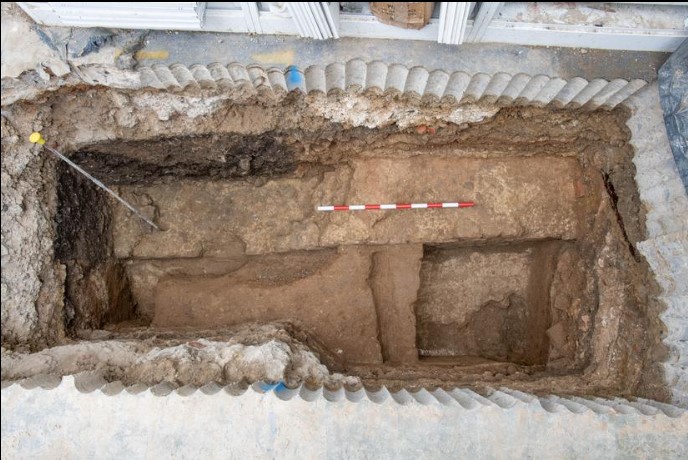Venice has initiated a payment system for tourists starting from April 25, 2024. Tourists are required to pay €5 ($5.35) to explore Venice’s narrow alleyways. Warning signs about the new charge have been set up outside the train station and near an entry footbridge.
The purpose of this fee is to reduce the crowds that frequent the canals of Venice. However, the fee has sparked protests from some locals who oppose living in what they feel resembles a theme park. Simone Venturini, the city councillor responsible for tourism, believes the scheme will help find a new balance between residents and day-trippers.
Despite these intentions, many locals like Christian Romieri and Giovanni Andrea Martini, a member of an opposition group, have voiced strong opposition, seeing it as a move that fails to address overtourism and turns Venice into a museum-like theme park.
April 25, a national holiday in Italy, marks the first of 29 designated days this year when a ticket is required to access the city from 8:30 am to 4:30 pm. Although William Shakespeare famously highlighted Venice in his play “The Merchant of Venice,” the city now faces modern challenges with tourism.
Tourists are expected to make reservations online, although a booth is available for those without smartphones. There are no turnstiles at city entry points, but inspectors will conduct random checks and can impose fines ranging from €50 to €300 for those unregistered.
Similar Posts
Critics like Gabriella Pappada argue that the fee is unfair, especially to low-budget travelers who wish to enjoy Venice. Last year, Venice saw about 20 million visitors, with roughly half staying overnight, a number that significantly exceeds the resident population of approximately 49,000.
Visitors with hotel reservations and those under 14 are not required to pay the entry fee but must still register. Exemptions also apply to residents, students, and workers. Additionally, Venice has banned large cruise ships from entering the lagoon and set new limits on the size of tourist groups. In summary, anyone planning to visit Venice must now be prepared to pay €5.

















